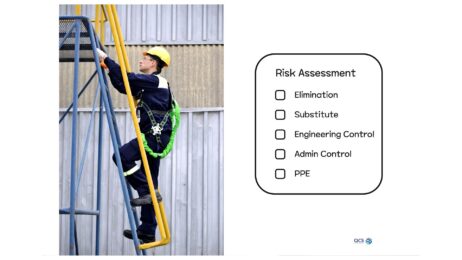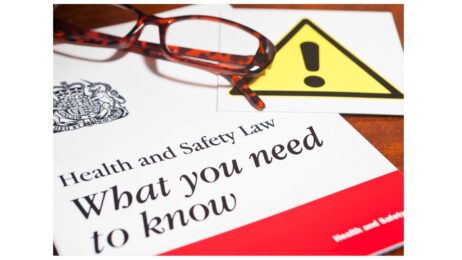Information Security Management Systems Implementation Guide
If you’re considering certification to ISO 27001, the international standard for information security management, or looking to consolidate existing practices in cybersecurity and GDPR compliance into a unified framework, knowing where to begin is often the first challenge.
This article is not a guide to the standard itself, but rather a practical commentary based on our experience—designed to help you prepare for a successful implementation journey.
1. Leadership Commitment
Effective implementation starts at the top. Senior leadership must demonstrate clear commitment, allocate resources, and align ISO 27001 objectives with the organisation’s strategic goals. While everyone in the business plays a role, leadership sets the tone and drives momentum.
2. Defining the Scope
Carefully consider what your Information Security Management System (ISMS) will cover. Will it apply to a single site, multiple locations, specific services, or the entire organisation? Understanding your processes, systems, and how they interact is essential to defining a meaningful and manageable scope.
3. Documentation Strategy
ISO 27001 requires documented policies and procedures, but complexity is not the goal. Overly detailed or inaccessible documentation can hinder understanding and compliance. Let risk drive your documentation needs, and focus on clarity and usability. Your team must be able to understand and apply policies effectively—communication and awareness are key.
4. Preparing for Certification
Certification is a structured process that typically spans several months. Begin by building your ISMS framework, developing and communicating policies, and establishing performance monitoring mechanisms. Conduct internal audits to assess compliance and identify areas for improvement.
When ready, engage a UKAS-accredited certification body. The process includes:
– Stage 1 Audit – A review of your documentation and readiness
– Stage 2 Audit – A deeper assessment of implementation, including interviews and evidence review
Successful completion leads to certification, validating your commitment to robust information security practices.
5. Embracing Risk-Based Thinking
Risk-based thinking is central to ISO 27001. You’ll need to understand your information flows, assess vulnerabilities, and develop a Risk Treatment Plan to apply appropriate controls. This process requires collaboration across departments—it’s not a one-person job, but a company-wide initiative.
6. Seeking Expert Support
Engaging an experienced ISO 27001 consultant can accelerate your progress. A knowledgeable partner can help you develop a clear implementation roadmap, prioritise actions, and guide your team toward certification with confidence.
Still Have Questions?
If you’re unsure where to begin or need guidance on the certification process, QCS International is here to help. We offer expert consultancy and training services to support your journey toward ISO 27001 compliance.



